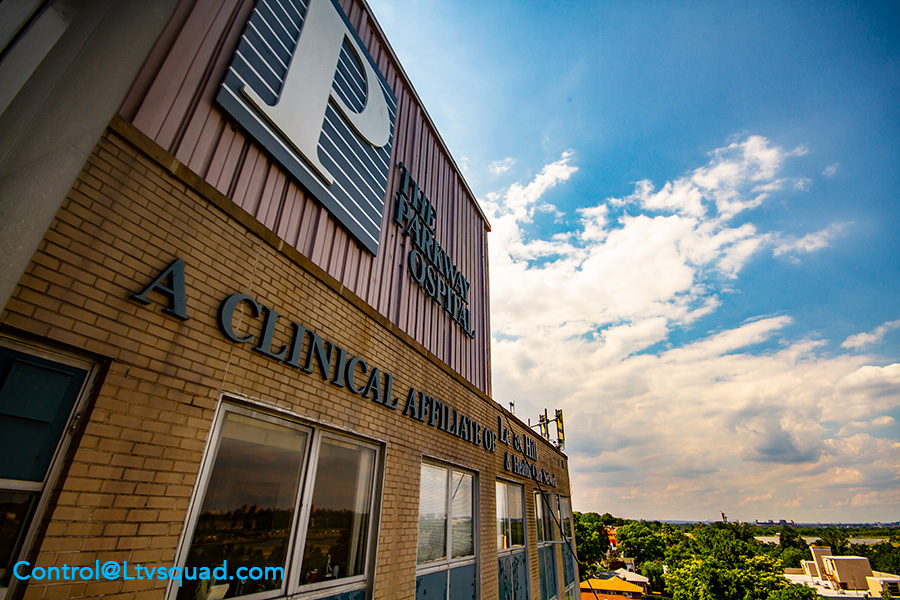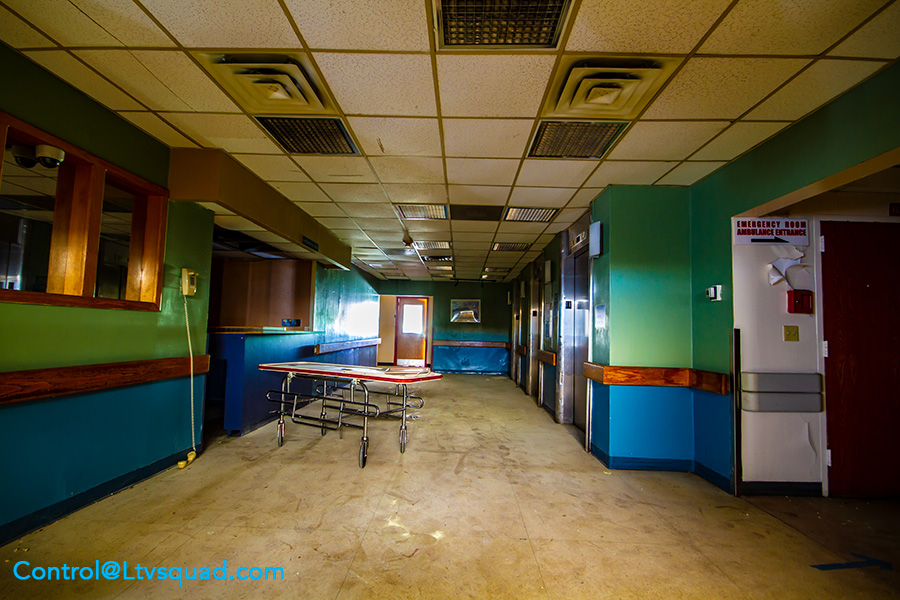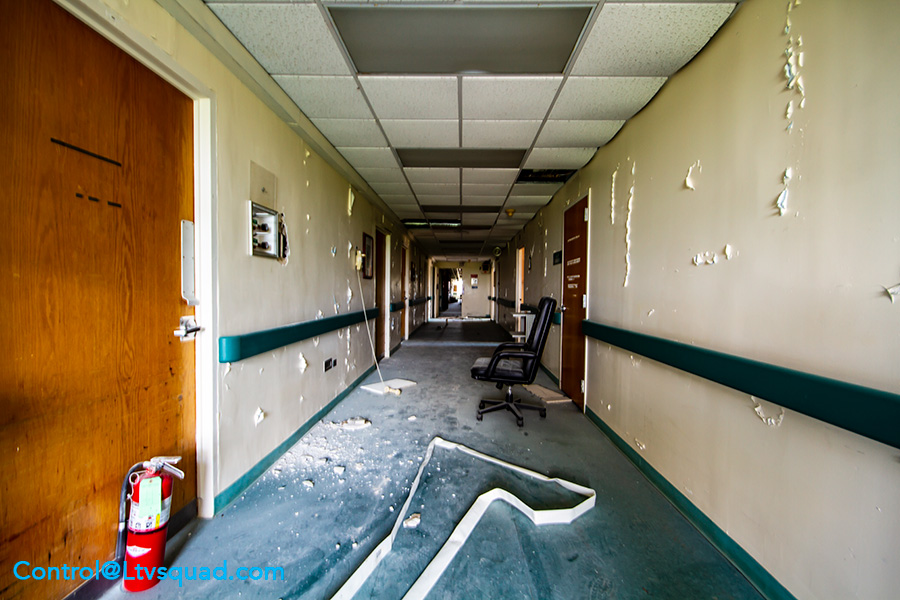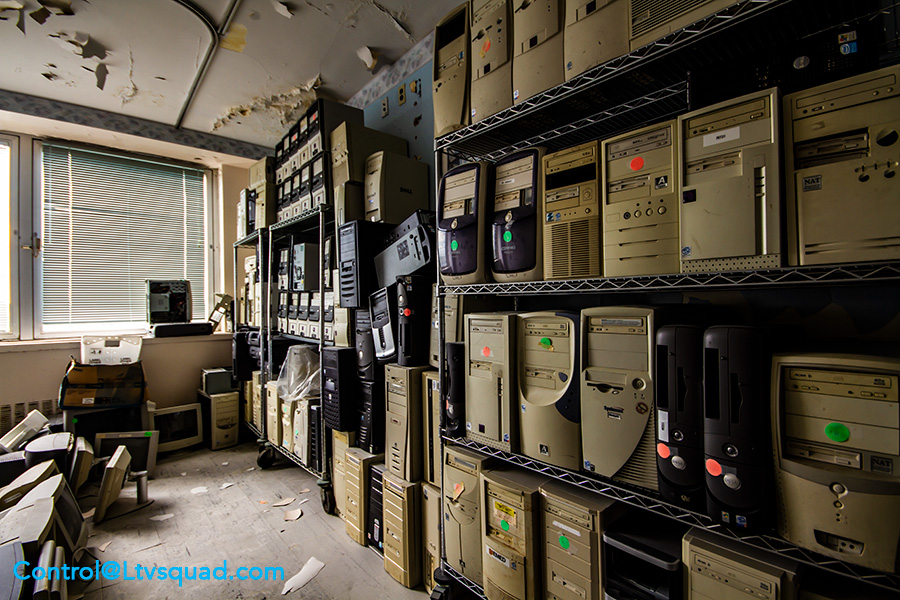Parkway hospital, located in Forest Hills was the only privately owned hospital in New York City. It was forced to close by the New York State.

The Darkest Hour
Being in a sudden accident ranks up there with some of the very worst moments in your life. It is a moment so profoundly horrifying that you can’t comprehend it. Everything is a blur. Time no longer exists as your brain races at speeds you can barely comprehend. It’s like trying to go from zero to sixty on wet pavement: the motor is roaring but traction doesn’t exist.
The only reassurance in such a moment, keeping you from bursting into panic, is the knowledge that help is at hand. I’m in a ambulance, racing towards a hospital in Queens. I’ve lost all comprehension of time, pain and perhaps even reality. And yet, I’m not worried.
My experience was far from unique. Hundreds of thousands of patients are treated in Queens hospitals every year. This, in spite of the fact that our state government has completely failed this borough.
“The Berger Commission“
The story of Parkway hospital is perhaps one of the most maddening stories of government ineptitude inflicted upon the health care of the people of Queens. It was an unforced error, a hospital closing brought on by ‘The Berger Commission”.
According to their own (very old, likely to be deleted after I publish this story) web page “The Commission on Health Care Facilities in the 21st Century is a broad-based, non-partisan panel created by former Governor Pataki and the New York State Legislature to undertake a rational, independent review of health care capacity and resources in New York State. It was created to ensure that the regional and local supply of hospital and nursing home facilities is best configured to appropriately respond to community needs for high-quality, affordable and accessible care, with meaningful efficiencies in delivery and financing that promote infrastructure stability.”
If you’re having trouble reading between the lines, it goes on to state: “These recommendations will include possible consolidation, closure, conversion, and restructuring of institutions, and reallocation of local and statewide resources.”
You’re not imaging things: In 2008, New York State was actively working to close hospitals. This committee was formed under the guidance of former governor Pataki (a trash can republican scumbag), and it was still doing its dirty work in 2008, while Eliot “the toe sucker‘ Spitzer was still in office. Spitzer, a real estate developer, was likely also bias by the dysfunctional mentality that most developers have (tear it all down and build luxury housing).
The commission pushed for Parkway to be closed. Despite the hospital’s best efforts, it was eventually forced to shut down. When it closed, 600 employees were kicked off the job. Queens lost a vital emergency room, and hundreds of hospital beds.
Parkway Hospital was soon followed a few months later by St. Johns and Mary Immaculate hospitals, which were millions of dollars in debt and hit hard by the 2008 financial crisis. The Berger commission KNEW these other nearby hospitals were in trouble, and perhaps believed by closing Parkway Hospital they could prop up the others. This major gamble was a huge failure, resulting in the loss of all three.
The closure of these three hospitals left the now Covid-infamous Elmhurst hospital as one of the last standing in northern Queens (Population: 2.3 Million & Rising). The spike in need for more hospital capacity was well reported years before Covid hit, and still our elected officials failed to come up with any solutions at all. By the time the pandemic hit Elmhurst had spent years running at tight capacity.
I began this article with a journey to a hospital that I barely remember. One of the only details I recall my mother telling EMTs that we had to go to Parkway because that’s where our insurance coverage was. Their response was simple: no ma’am, we’re going to Elmhurst. It’s far closer and it is a trauma center.
Hearing the heartbreaking stories from Elmhurst staffers of being overrun with Covid victims, struggling to save lives and stay safe themselves, truly hits home. I spent ten days at Elmhurst. While I barely recall the first three or four days, I definitely never felt mistreated or neglected. Not even when I got up at 3AM and tried to wander down the hallway completely blind, asking where the bathroom was. I was gentile guided back to my room and instructed on the finer points of peeing in a bottle. Everyone there cared, regardless of who you were or where you were from. And every case is a challenge. My roommate for that week was an African-America boy from Astoria housing. They were systematically testing different areas of his digestive system for days trying to figure out why he was bleeding into his urine after a fall. For me, it was days of work to reduce swelling so they could figure out what was going on in my eye. When they finally were able to get a good look in there, they happily exclaimed “It’s a cataract!”. Which of course is pretty unusual in a 16 year old, but also extremely treatable (even if I had to stumble around blind for a year, waiting to be stable enough for the procedure).
Care at Parkway was likely at a very similar level of compassion, and each case likely as challenging. In the context of 2020’s Covid-19 pandemic, to know that a facility that could have provided significant support to the community was closed by the government is astounding. As QNS.com points out: “More than 600 hospital beds were lost a result of the three hospitals’ closure, along with vitally needed emergency room services that would have proven priceless during the coronavirus pandemic.”
Today, we are no closer to adding any long term hospital capacity in NYC. And Covid cases are rising elsewhere across the country as I type this. It likely is only a matter of time before NYC’s numbers begin to climb again. Will NYC’s second wave be worst that the first? Some lessons were learned in setting up fast temperate hospitals, while others (like making our own PPE) have been ignored.

Parkway post mortem
So what became of the Parkway building? It joined a long list of abandoned hospitals, and was left to rot while the bankruptcy courts sorted out who to sell it to.
As you might expect, some of our members took advantage and decided to inspect this abandoned hospital up close. What we found were mostly empty rooms on the upper floors juxtaposition with rooms on the lower level that were stuffed to the brim with old computers, old telephones, and assorted medical equipment.



The first floor was very dark and creepy. Climbing in here set the stage for what would be a most interesting exploring experience. A smell of burned fabric lingered in the air. We followed the strength of this smell and found a bed in the emergency room was charred from a previous fire. Only this one bed was destroyed. It was strange to see such localized damage—clearly whoever started this fire put it quickly. Of all the abandoned hospitals I have seen over the years, this scene was the creepiest of the lot. The rest of the ER was relatively intact, with various beds and wheelchairs lined up neatly, and leftover medical supplies stacked on shelves.
Abandoned buildings fall into two categories: those that are very fresh with everything still left neat and orderly, and those where everything in every room was been tossed around and picked through. This was a strange hybrid. It was as if someone came in here with the sole purpose of burning this one specific bed. What form of mental dysfunction would motivate someone to accomplish this one ghoulish goal?
On another visit we ran into copper thieves. They had a crew cutting cables in the basement while a lookout was positioned higher up in the building, keeping an eye on the street. Comically this lookout wasn’t very good at his one job—we rolled up on him with a crew of like seven people, taking him by surprise. We found his buddies scrapping in the basement long before the lookout even saw us.
For several months, Parkway was a free for all. Anyone who dared enter could do as they please. Access to the building shifted from a challenging climb through a second floor window to a simple walk into an open doorway. Eventually neighbors caught on and complained. Someone came along and sealed it up.
No one I know has bothered to go near in years (and certainly not in the past seven year statue of limitations). I can only imagine how beat up and decayed the interior is now. Just a few years of neglect will peel the paint off the walls and cause enough water damage to create a bad health hazard. The building was already in rough shape before it was sealed up. It must be an absolute mess by now.

Redevelopment Plans
As recently as last year, plans were announced to redevelop Parkway into residential housing. A second building would be constructed on the site, to maximize the billionaire real estate moguls profits. As of May 2020, there are no signs of any work having taken place at the site. While this residential conversion seems to be delayed, make no mistake, it will eventually happen. If NYC had a Mayor or Governor with any smarts, they would eminent domain the building, and reopen it under the NYC HHC. Don’t hold your breathe though. We’re ten years too late and a billion short, and few of our elected officials have given any voice to adding hospital capacity. Instead of concentrating on health care during this time of pandemic, the entire debate around the NYC 2020-2021 budget centered around cutting all city services except for the police department (a city agency that gives its employees full medical benefits, staff doctors, and unlimited sick days).
When that next wave of Covid shows up, or whenever the next Pandemic blows into town, remember well how previous elected officials gambled with out healthcare infrastructure, and hold all future generations to account for undoing the ridiculous damage they caused. If Covid should have taught us one thing, it is that Queens need more hospital beds. The time to work towards this goal is now, and every day from now, until our needs are met.

Parkway hospital sucked. The standard of care there was substandard at best.
Pops told me when he snapped his ankle, this was the last place he wanted to go… went to Jamaica hospital instead..
The site will be redeveloped into a 13-story, 241-unit luxury condominium project with more than 100 parking spaces and a four-lane pool. A joint venture consisting of SYU Properties, Top Rock Holdings and RJ Capital acquired the site in 2021 for $31.7 million, and secured $29.4 million in bridge financing from Madison Realty Capital that same year. The total development rights are 360,000 square feet. In summary, the hospital being demolished is New Parkway Hospital and $31.7 million is being involved in acquiring the site. The site will be changed to a 13-story, 241-unit luxury condominium project with more than 100 parking spaces and a four-lane pool.
https://therealdeal.com/new-york/2024/07/11/top-rock-rj-capital-score-125m-for-forest-hills-condos/